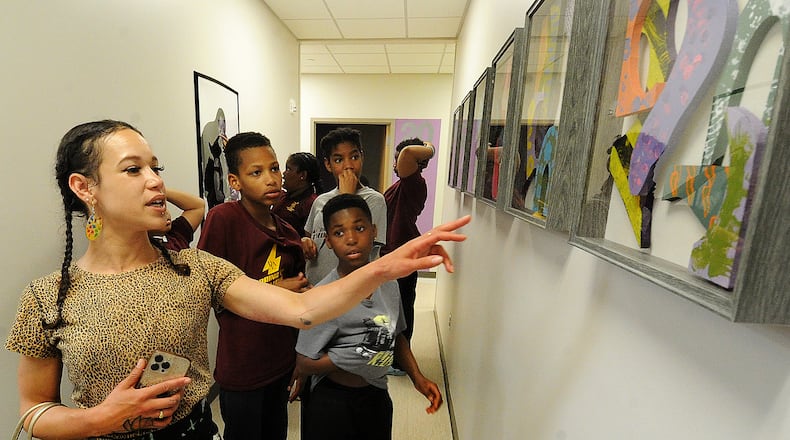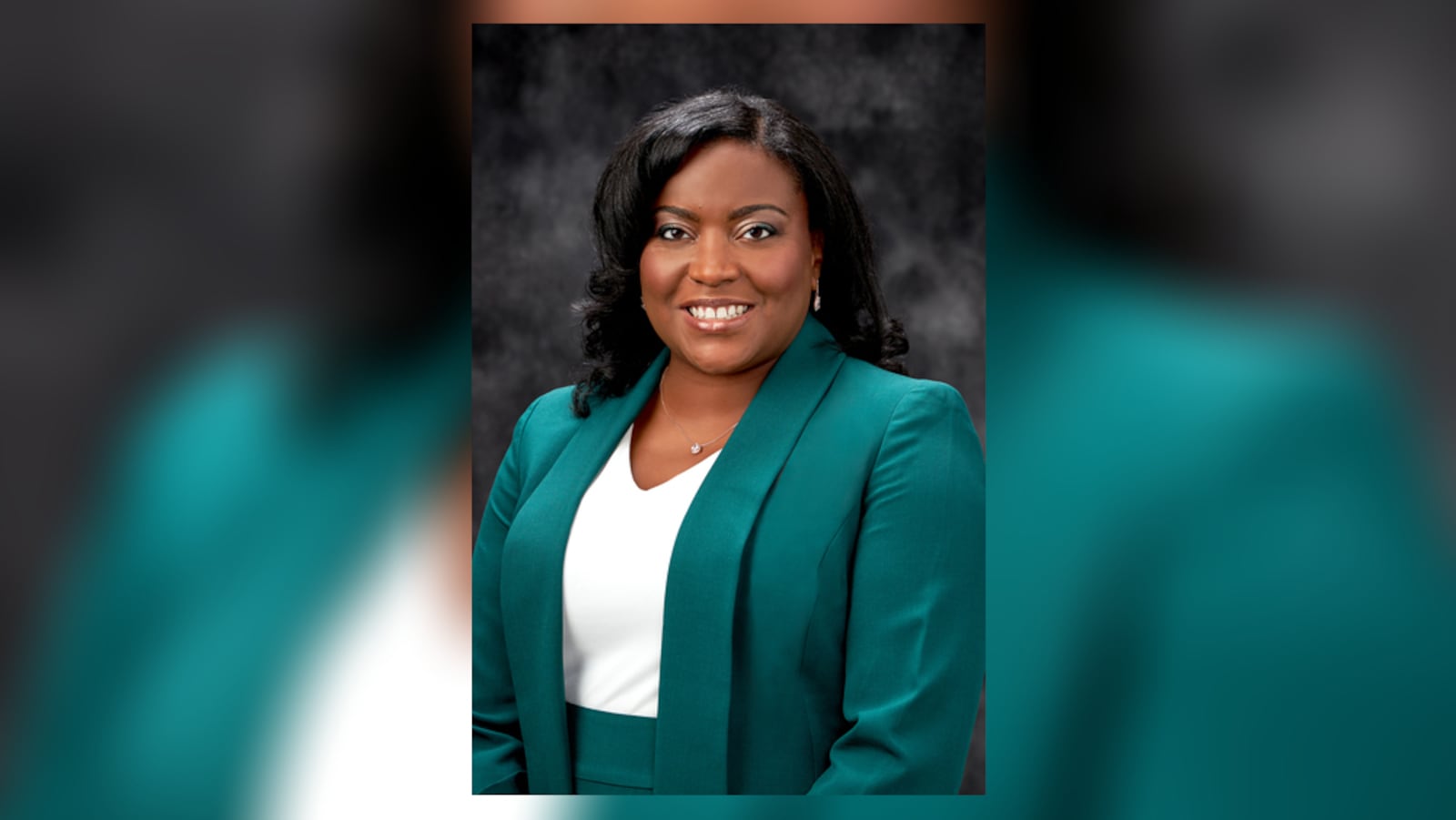Congress created the 340B program to assist safety-net providers, such as community health centers, in maximizing limited federal resources and reinvesting the savings into patient care. For us, these savings mean:
- Free or reduced-cost prescriptions for patients who cannot otherwise afford them;
- Expanded access to primary care, behavioral health, and substance-use disorder treatment; and
- Community-based health initiatives like cancer screenings, diabetes management, and preventive care programs.
These benefits are not just abstract; they are real services that save lives, reduce costs, and strengthen local communities.
Health centers differ from other providers because we serve everyone, regardless of insurance status, often being the only providers in under-resourced areas of our state. In Dayton, this means:
- With CHCGD serving over 13,500 patients per year across 5 different locations plus a mobile unit within the greater Dayton area, meeting our patients’ primary, dental, and behavioral healthcare needs.
- Through programs like our Mobile Health Unit serving individuals experiencing homelessness, our school-based dental initiative, and our integrated behavioral health services, CHCGD ensures access to care for populations that would otherwise go without it.
- With FRHC serving over 26,000 patients annually across 7 locations plus a mobile unit in Dayton and Xenia, FRHC has created a one-stop for patients offering over 20 services such as medical, dental, OB/GYN, podiatry, sports medicine, and behavioral health services.
Without HB 276 and SB 198, patients risk losing access to affordable preventive care and the safety net they depend on. For example, one of our patients with uncontrolled hypertension and diabetes had been rationing medication due to cost. Through 340B-supported pharmacy pricing and care coordination, they were able to afford consistent prescriptions, monitor their blood pressure, and avoid multiple ER visits.
Another patient struggling with depression and anxiety came to CHCGD after losing their job and insurance coverage. With 340B-supported behavioral health and medication management, they were able to access therapy and affordable prescriptions, leading to improved stability and the ability to return to work.
Similarly, a young adult experiencing dental pain avoided care for years due to cost. Thanks to 340B funding that supports CHCGD’s dental program, they received treatment and education on preventive care, relieving pain and preventing infection that could have led to hospitalization.
At FRHC, we are able to provide life-saving asthmatic medications for uninsured patients at a reduced rate. FRHC reinvests 340B savings to offset medication costs and reduce out-of-pocket expenses for eligible patients, support critical service lines that operate at a loss, including obstetrics/gynecology and dental, expand specialty services such as vision, podiatry, sports medicine, and infectious disease, and develop and sustain additional service locations to meet patient needs across our multi-county region.
Stories like these are common in our health centers. They are the direct result of a care model that emphasizes prevention, community connection, and access for all. HB 276 and SB 198 safeguard that model and allow us to keep delivering for our neighbors.
Ohio has a chance to support its community health centers and the patients they serve. We urge lawmakers to pass HB 276 and SB 198, ensuring that health centers remain strong, sustainable, and able to meet the increasing needs of our communities. Our patients, our workforce, and the health of Ohio strongly depend on it.
Credit: Sam Smead
Credit: Sam Smead
Shaun’ta Whitehead, MHA, serves as Chief Executive Officer at Community Health Centers of Greater Dayton.
Gina McFarlane-El, MBA, MPH, serves as Chief Executive Officer at Five Rivers Health Centers.


